-
How does it feel?
This small shrubby perennial is renowned for its tough stem and root and grows all over India and Sri Lanka. Bala is an erect perennial that reaches 50 to 200cm tall, with the entire plant covered with soft white felt-like hair that is responsible for one of its common names, “flannel weed”.
The stems are yellow-green, hairy, long, and slender. The yellow-green leaves are oblong-ovate, covered with hairs, and 3.5 to 7.5 cm long by 2.5 to 6 cm wide. The flowers are dark yellow, sometimes with a darker orange centres, with a hairy 5-lobed calyx and 5-lobed corolla.
-
What can I use it for?
Bala is a nourishing tonic, especially to the nervous system strengthening and energising it. The rejuvenating action of this herb extends to the circulatory and urinary systems.
It has a diuretic effect and is useful in urinary problems, including cystitis or infections.
The leaves contain small quantities of ephedrine, an alkaloid known to stimulate the central nervous system helping to bronchodilate constriction and prevent restricted breathing. The ephedrine content of the root is 1/15 of that found in Ephedra with the seeds containing a quarter of the amount per gram usually found in Ephedra.
-
Into the heart of bala
 Bala is an excellent energy tonic for nervous conditions as it can stimulate the adrenergic receptors. It has been shown to possess anti-inflammatory and analgesic activity, helping to reduce pain, neuralgia and sciatica in nervous conditions where mobility is affected. It possesses both anti-stress and adaptogenic activity, reducing plasma cortisol and blood glucose levels. Soft, sweet and demulcent Bala is a rejuvenative for vata disorders; it is a superb tonic for the nervous system. These nourishing properties of Bala offset the potentially vata aggravating nervous system stimulating properties of ephedrine. The seeds are even considered as aphrodiasic enhancing sexual potency and increasing fertility.
Bala is an excellent energy tonic for nervous conditions as it can stimulate the adrenergic receptors. It has been shown to possess anti-inflammatory and analgesic activity, helping to reduce pain, neuralgia and sciatica in nervous conditions where mobility is affected. It possesses both anti-stress and adaptogenic activity, reducing plasma cortisol and blood glucose levels. Soft, sweet and demulcent Bala is a rejuvenative for vata disorders; it is a superb tonic for the nervous system. These nourishing properties of Bala offset the potentially vata aggravating nervous system stimulating properties of ephedrine. The seeds are even considered as aphrodiasic enhancing sexual potency and increasing fertility.Bala also has nourishing and tonifying effects within the urinary and respiratory systems. Bala has diuretic, tonic and antispasmodic action helping to support the urinary system in case of infections and cystitis. It can also be used as nasal decongestant, bronchodilators supporting the health of the lungs and the upper airways. It is useful in bronchitis, rhinitis as well as common colds and flu. Presence of ephedrine has highlighted the utility of this plant in respiratory conditions.
Indicated in cystitis, stones, infection, haematuria, polyuria, urgency; high pitta and vata in mutravahasrotas.
Indicated in pain, neuralgia, sciatica, paralysis and neurosis; all structural and nervous disorders with high vata. It is an excellent energy tonic when there is exhaustion due to an aggravated nervous system. An external oil massage using warm Bala siddha tailais commonly used for these conditions along with internal treatment.
Indicated in infertility, leucorrhoea and apanaksetra congestion along with reproductive weakness (shukrakshaya). Bala is a renowned energy tonic that enhances sexual potency and ojas. Used to aid the growth of the foetus and keep the mother strong.
Indicated in dry cough, asthma, tuberculosis and haemoptysis; vata-pitta disorders of the lungs. The low levels of ephedrine help to bronchodilate constriction and prevent wheezing and restricted breathing.
Indicated in high temperature from an underlying deficiency and weakness.
Bala is a great heart tonic used for treating arrhythmia, tachycardia, irregular pulse and palpitations. As it benefits both mamsa dhatu and mamsavahasrotas it can be used to strengthen the heart muscle.
-
Traditional actions
Herbal actions describe therapeutic changes that occur in the body in response to taking a herb. These actions are used to express how a herb physiologically influences cells, tissues, organs or systems. Clinical observations are traditionally what have defined these actions: an increase in urine output, diuretic; improved wound healing, vulnerary; or a reduction in fever, antipyretic. These descriptors too have become a means to group herbs by their effects on the body — herbs with a nervine action have become the nervines, herbs with a bitter action are the bitters. Recognising herbs as members of these groups provides a preliminary familiarity with their mechanisms from which to then develop an understanding of their affinities and nuance and discern their clinical significance.
-
Traditional energetic actions
Herbal energetics are the descriptions Herbalists have given to plants, mushrooms, lichens, foods, and some minerals based on the direct experience of how they taste, feel, and work in the body. All traditional health systems use these principles to explain how the environment we live in and absorb, impacts our health. Find out more about traditional energetic actions in our article “An introduction to herbal energetics“.
Ayurvedic energetics
-
Did you know?
Bala is used as a primary ingredient in massage oils for treating arthritis, nervous system disorders and paralysis. It is often taken with milk and almonds to enhance its calming and tonifying effects.
Additional information
-
Safety
Due to its ephedrine content it may interact with caffeine and MAO inhibitors exacerbating effects and elevating blood pressure, Beta blockers by reducing drug efficacy due to opposing activity, Ephedrine by additive sympathomimetic effects inducing further toxicity and arrhythmia and Steroids (dextamethasone) by enhancing clearance levels and thus reducing effectiveness of the drug.
-
Dosage
Tincture: 3–15ml of a 1:3 @ 25%
Dried: 500mg–5g/day


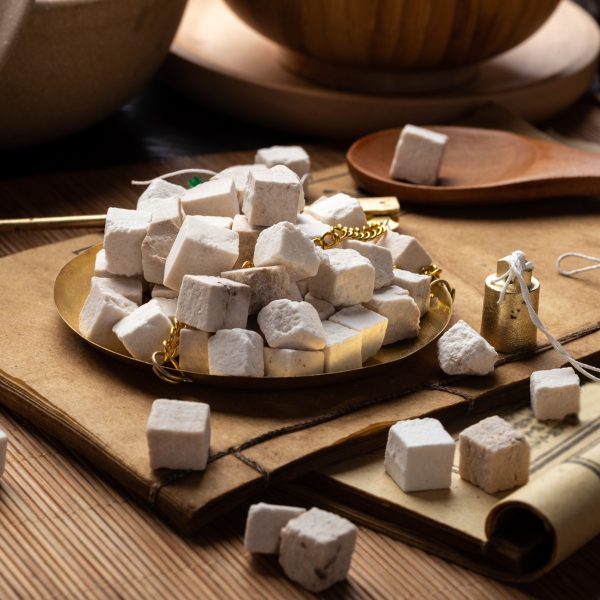
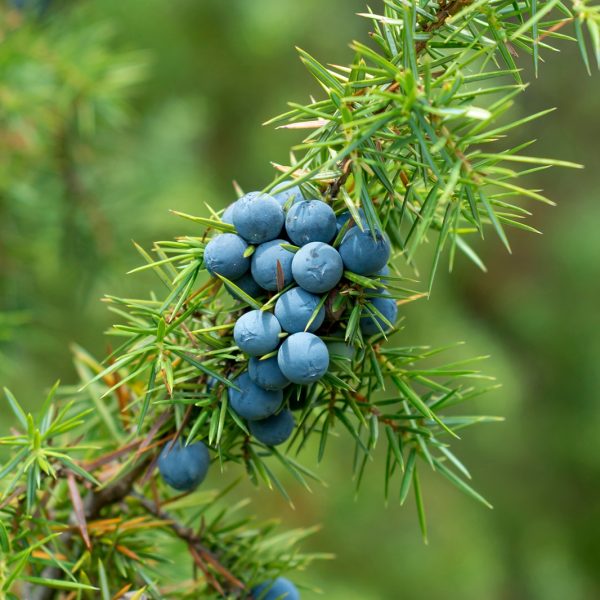












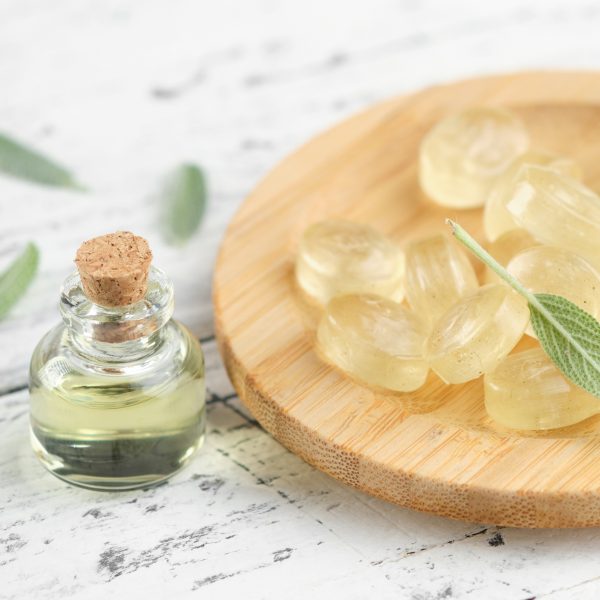
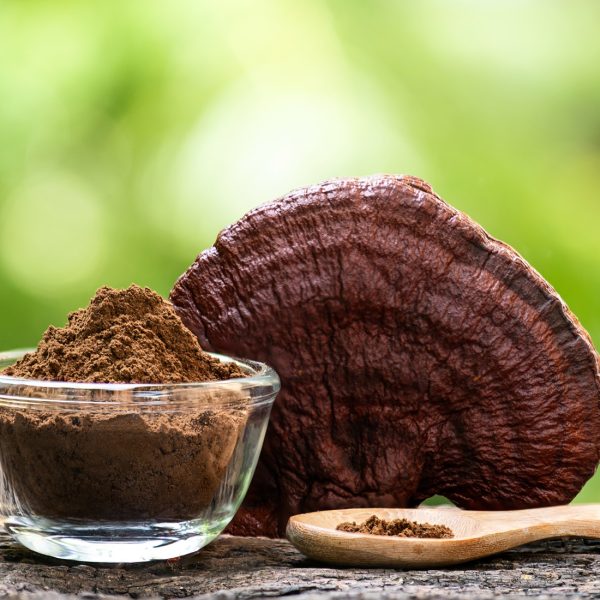
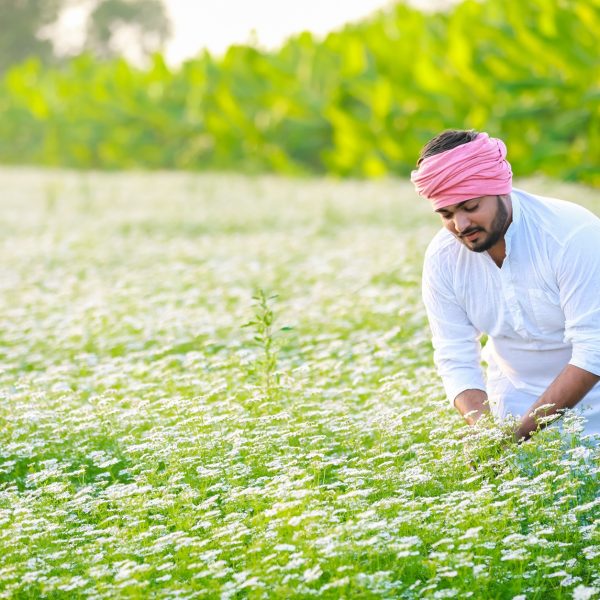
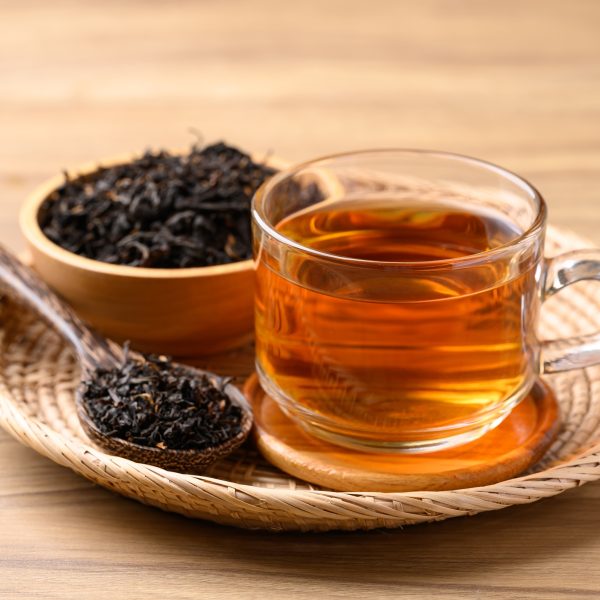










 Bala is an excellent energy tonic for nervous conditions as it can stimulate the adrenergic receptors. It has been shown to possess anti-inflammatory and analgesic activity, helping to reduce pain, neuralgia and sciatica in nervous conditions where mobility is affected. It possesses both anti-stress and adaptogenic activity, reducing plasma cortisol and blood glucose levels. Soft, sweet and demulcent Bala is a rejuvenative for vata disorders; it is a superb tonic for the nervous system. These nourishing properties of Bala offset the potentially vata aggravating nervous system stimulating properties of ephedrine. The seeds are even considered as aphrodiasic enhancing sexual potency and increasing fertility.
Bala is an excellent energy tonic for nervous conditions as it can stimulate the adrenergic receptors. It has been shown to possess anti-inflammatory and analgesic activity, helping to reduce pain, neuralgia and sciatica in nervous conditions where mobility is affected. It possesses both anti-stress and adaptogenic activity, reducing plasma cortisol and blood glucose levels. Soft, sweet and demulcent Bala is a rejuvenative for vata disorders; it is a superb tonic for the nervous system. These nourishing properties of Bala offset the potentially vata aggravating nervous system stimulating properties of ephedrine. The seeds are even considered as aphrodiasic enhancing sexual potency and increasing fertility.





